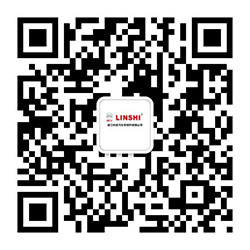Rubber and plastic materials, as seals, often rely on the interference of these materials to achieve sealing, and this interference in hydraulic and pneumatic seals (such as pull rod seal, piston seal) will have wear, which is the key factor to cause seal failure and determine the service life of the seal. The degree of wear depends not only on the radial pressure of the rubber parts (the interference of the seal and the fluid pressure), but also on the friction coefficient of these sealing materials.
The wear of the seal under the same radial pressure depends on the friction coefficient of the seal material. If the friction coefficient is small, the friction heat generation effect is small, the wear amount is small, and the service life of the seal is long; and vice versa. As the friction coefficient of NBR is 1.5, that of traditional polyester polyurethane is 0.9, and that of toughened polyether polyurethane is only 0.18, which is one eighth and one fifth of that of NBR and traditional polyester polyurethane respectively, the wear amount of NBR is much smaller than that of traditional sealing materials, which provides necessary protection for the super long service life of toughened polyether polyurethane Barrier.

